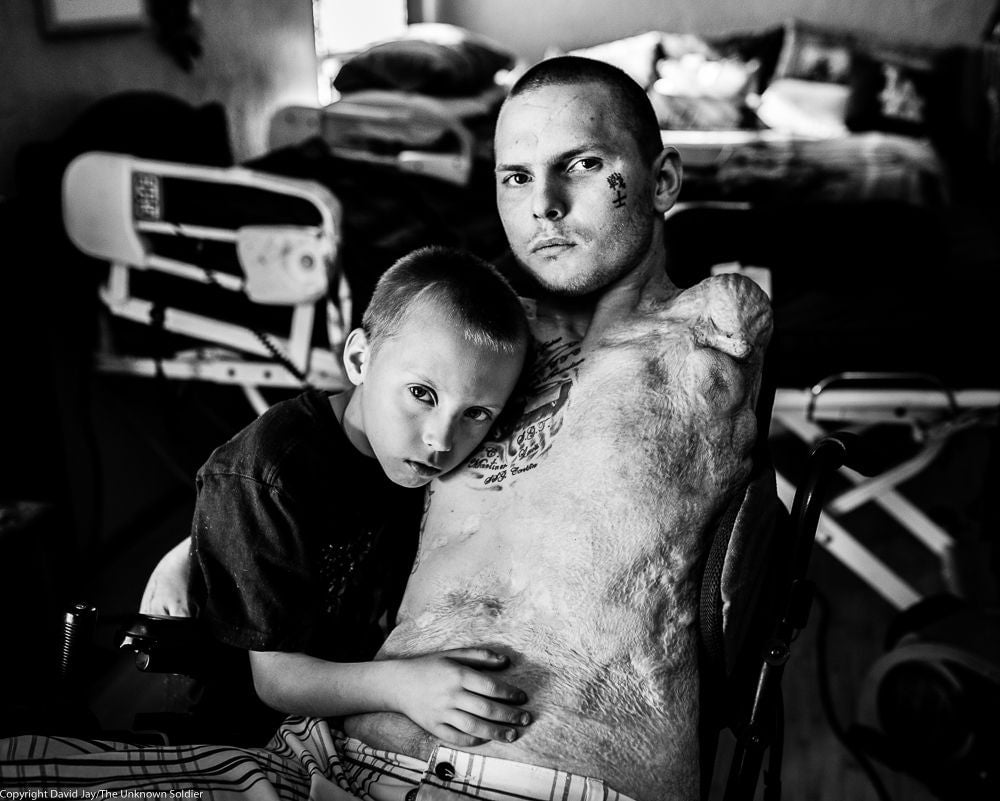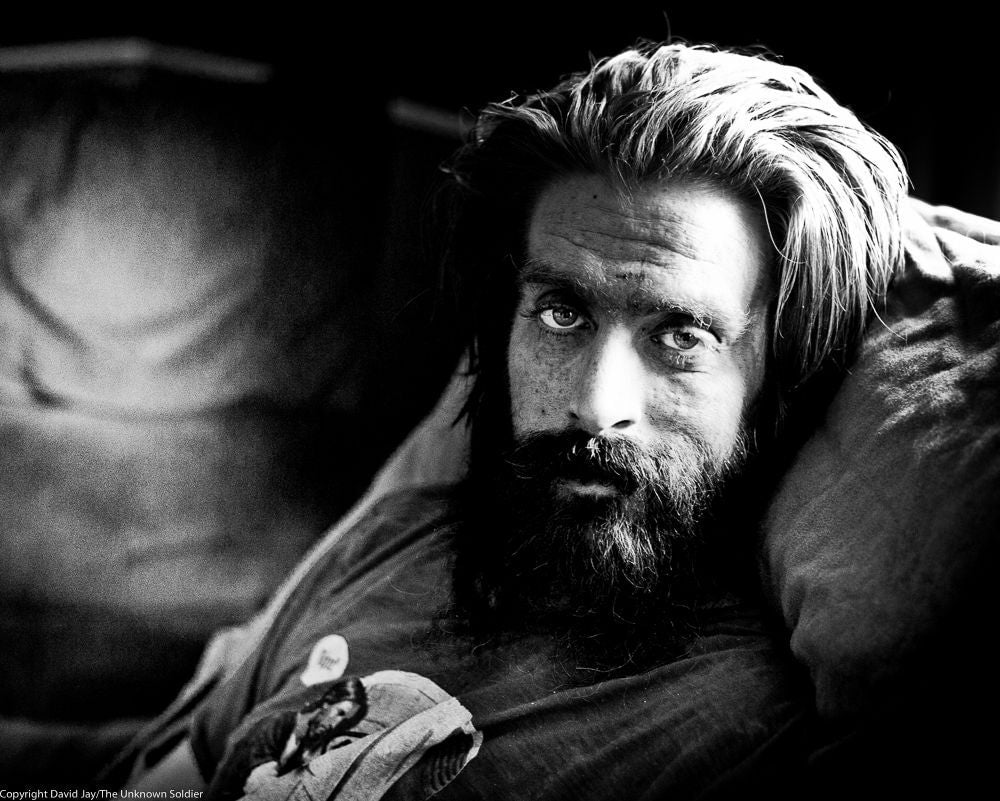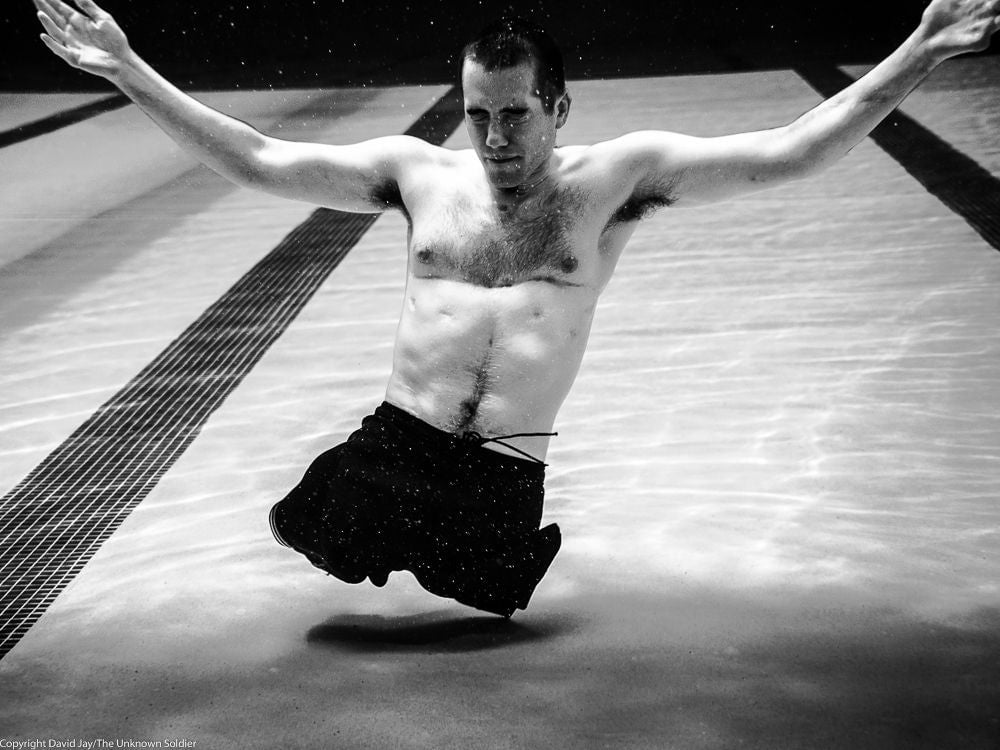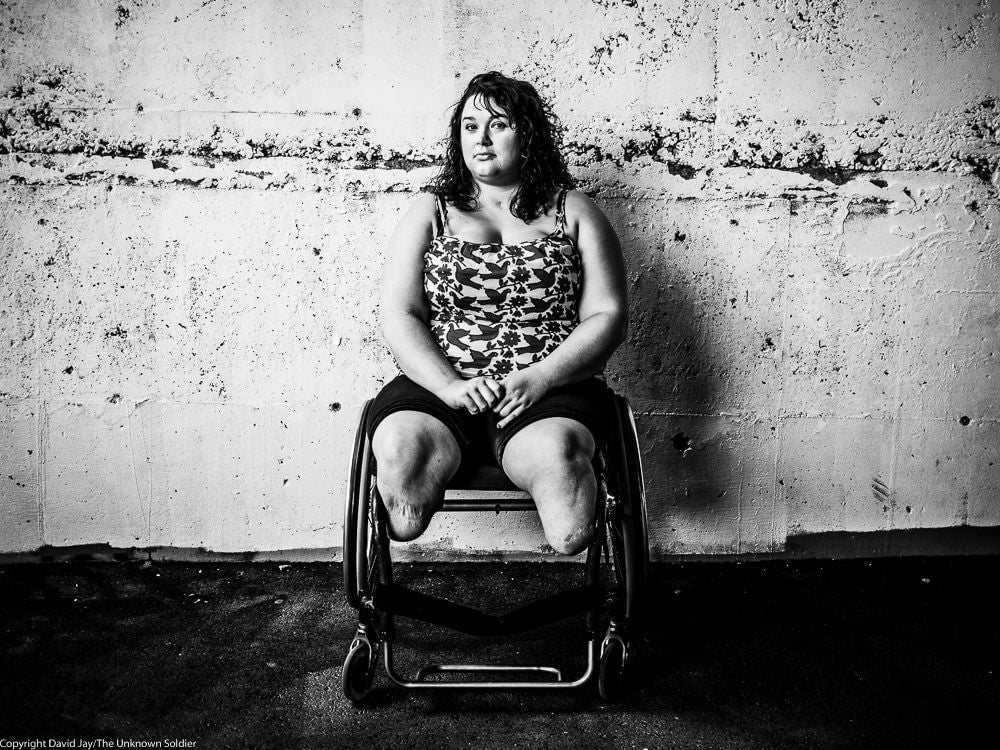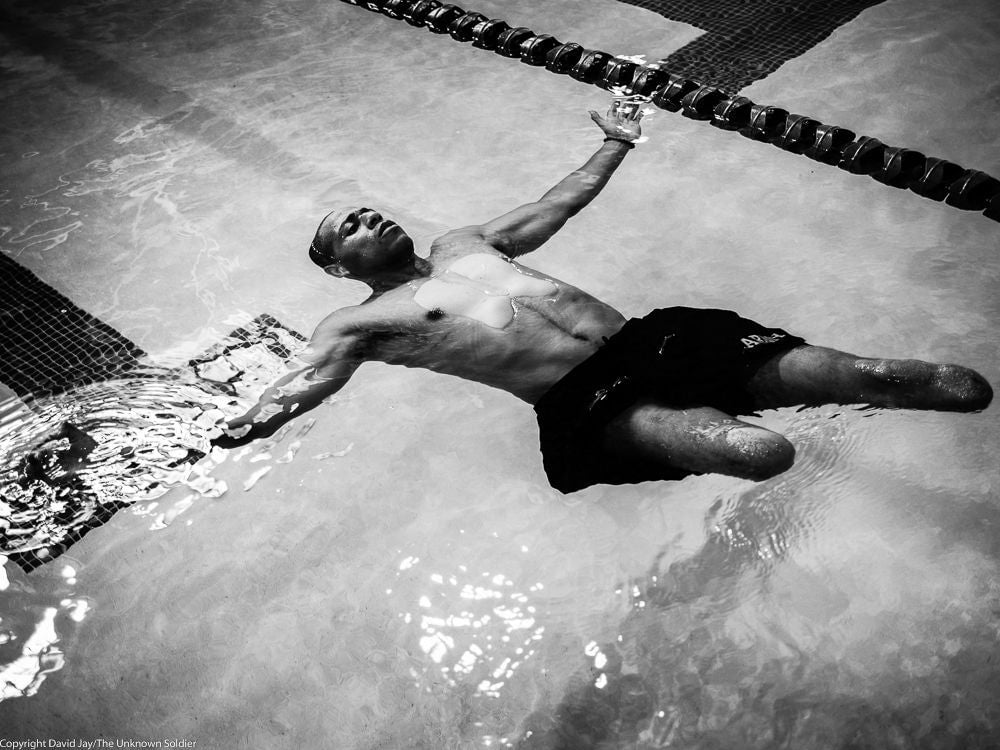Photos: The war veterans most Americans try to avoid seeing
For most Americans, Memorial Day is about barbecues, big furniture sales, and trips out of town. But for the many who’ve been touched by war directly—those who are veterans, or family of veterans—there often isn’t much to celebrate.
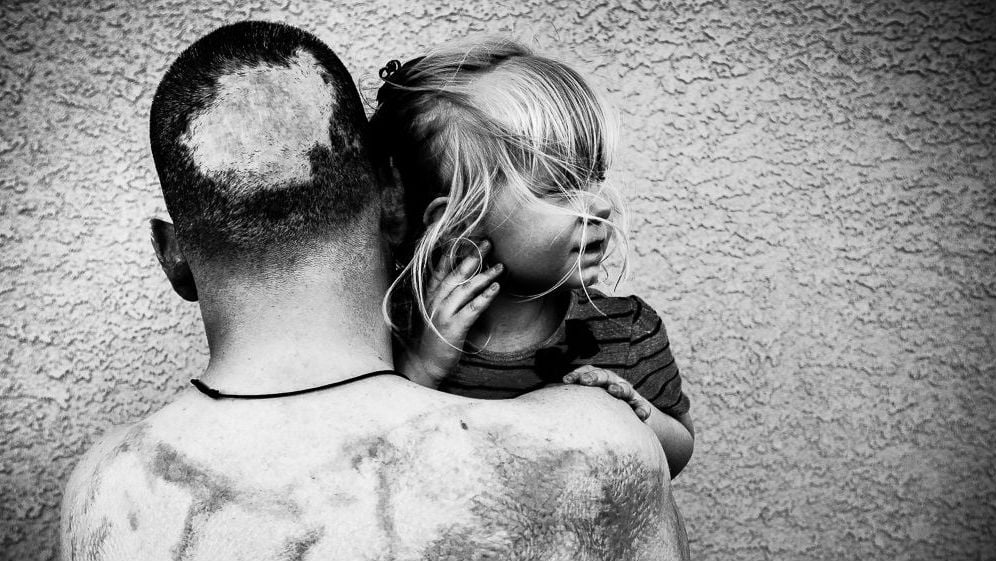

For most Americans, Memorial Day is about barbecues, big furniture sales, and trips out of town. But for the many who’ve been touched by war directly—those who are veterans, or family of veterans—there often isn’t much to celebrate.
As a veteran poignantly reminds his nation in The Chicago Tribune (paywall), there is something profoundly inconsiderate in the very wish of a “Happy Memorial Day.” There is nothing happy in the 1.3 million lives that have been lost, and countless more broken, since 1776.
This is what led David Jay, a former fashion photographer, to turn his lens on wounded soldiers.
“We hear about ‘this number of men were killed’ and ‘this many were injured,'” Jay told NPR, “and we think of them—maybe they got shot—or we don’t really picture what these injured men look like.”
His series, The Unknown Soldier, was recently acquired by the Library of Congress as part of its documentation of the wars in Afghanistan and Iraq. It puts the permanent consequences of war right in front of the viewer. Jay’s pictures show missing limbs, wounds, and burnt skin. Above all, they show men and women who commit the ultimate act of bravery by continuing with a life that war all but destroyed.
In his NPR interview, Jay explains why he believes people need to look at these images:
“You can imagine how many times each of these men and women have heard a parent tell their child, ‘Don’t look. Don’t stare at him. That’s rude.’ I take these pictures so that we can look; we can see what we’re not supposed to see. And we need to see them because we created them.”
